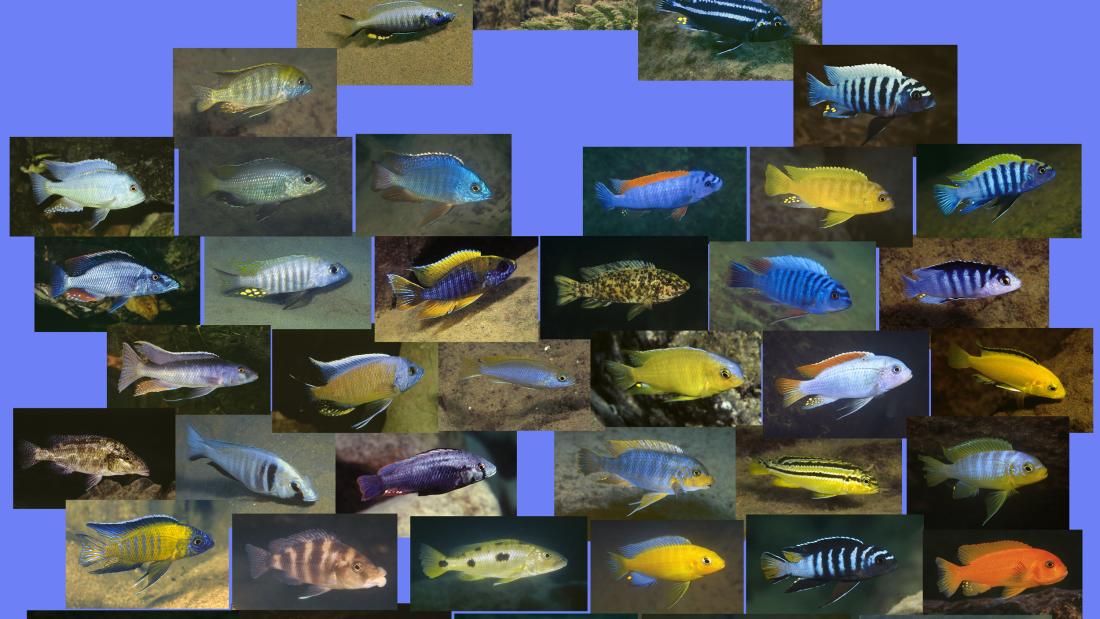How ‘supergenes’ help fish evolve into new species
One of biology’s big questions is how new species arise and how nature’s incredible diversity comes to be.
A new paper published in Science by an international team including Professor George Turner at Bangor University takes us one step closer to the answer.
Cichlid fish from Lake Malawi in East Africa offer a fascinating clue as to why there are so many different kinds of animals and plants on Earth.
In this single lake, over 800 different cichlid species have evolved from a common ancestor in just a fraction of the time that separates humans from chimpanzees. What is even more remarkable is that this explosive diversification happened without physical barriers — all in the same body of water. Some of these fish became large predators, others adapted to eat algae, sift through sand, or feed on plankton. Each species found its own ecological niche.
The researchers looked at the cichlids’ DNA to see if there’s something special about their genes that might explain this rapid evolution. It was discovered that, in some species, large chunks of DNA on five chromosomes are flipped. This is a type of mutation called a chromosomal inversion.
Normally, when animals reproduce, their DNA gets reshuffled in a process called recombination, which is the mixing of the genetic material from both parents. But when one chromosome is flipped, this mixing is blocked in that region. This means certain gene combinations can be passed down intact, generation after generation. These preserved blocks of genes are sometimes called “supergenes”.
In Malawi cichlids, these supergenes seem to play several important roles. Although cichlid species can still interbreed, the flipped DNA helps keep species separate by preventing their genes from blending too much. This is especially useful in parts of the lake where fish live side by side, such as in open sandy areas where there’s no physical separation between habitats.
The genes inside these supergenes often control traits that are key for survival and reproduction, such as vision, hearing, and behaviour. For example, fish living deep in the lake (down to 200 meters) need different visual abilities than those near the surface. These supergenes help maintain those special adaptations.
The researchers found instances where transfer of whole inversions between species by hybridisation appears to have transferred particular ecological adaptations.
In some cases, these flipped regions now act as sex chromosomes, helping determine whether a fish becomes male or female. Since sex chromosomes can influence how new species form, this opens new questions about how evolution works.
While the study focused on cichlids, the researchers emphasised that chromosomal inversions are not unique to them. They are also found in many other animals, including humans.

